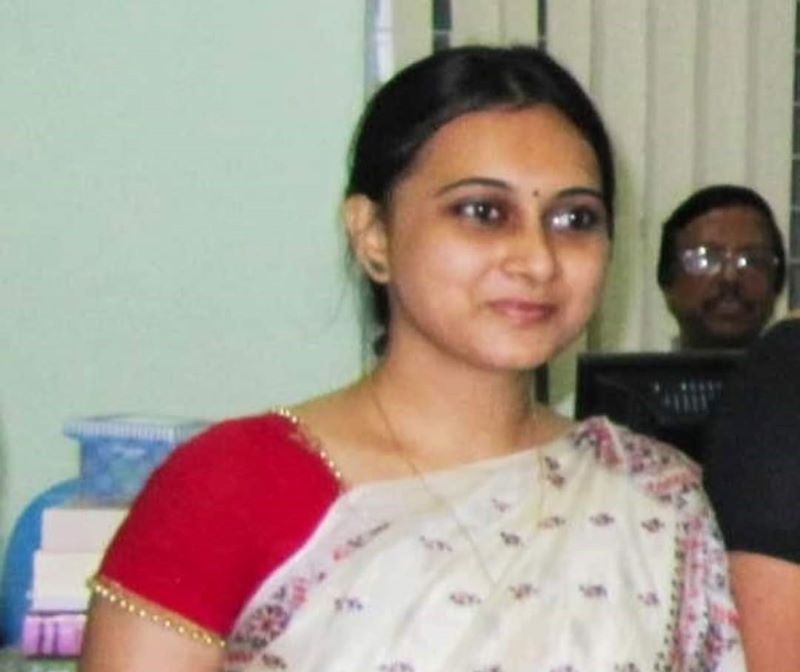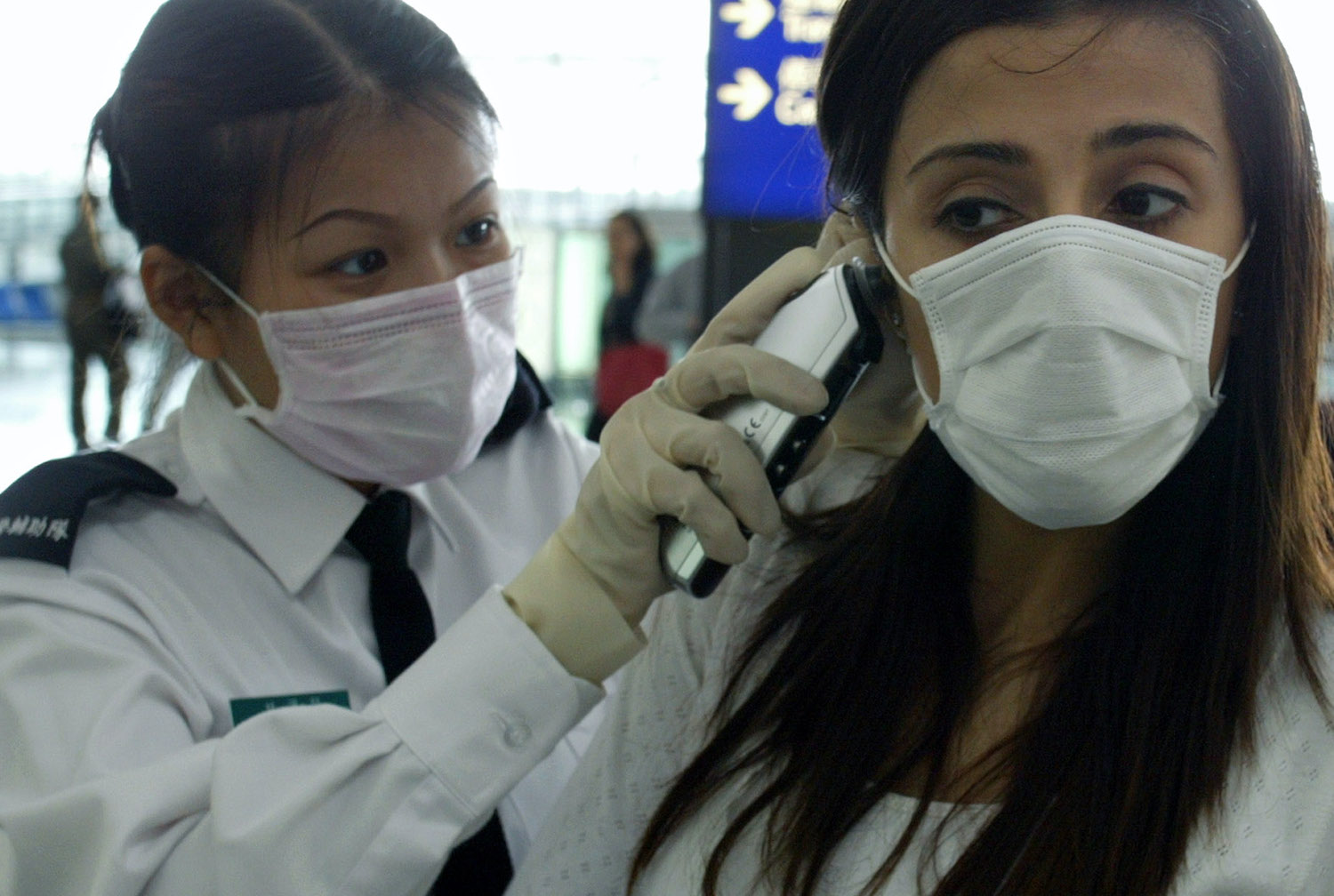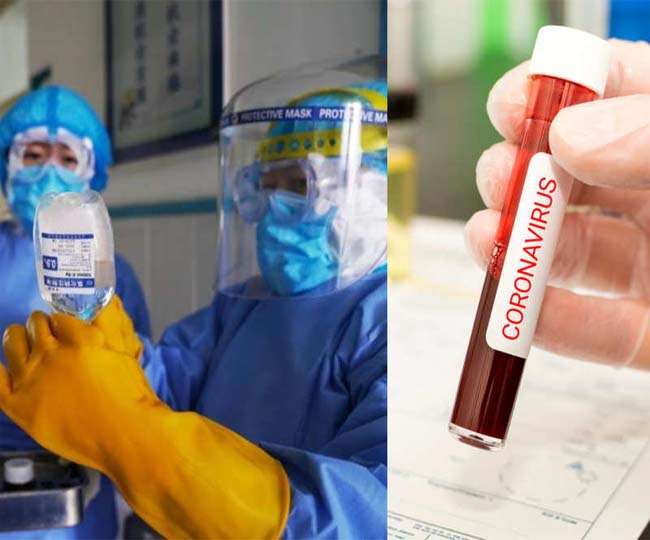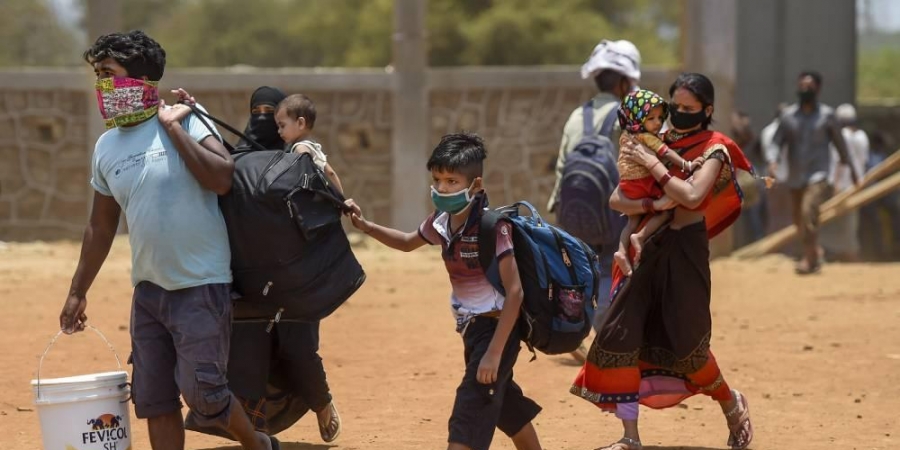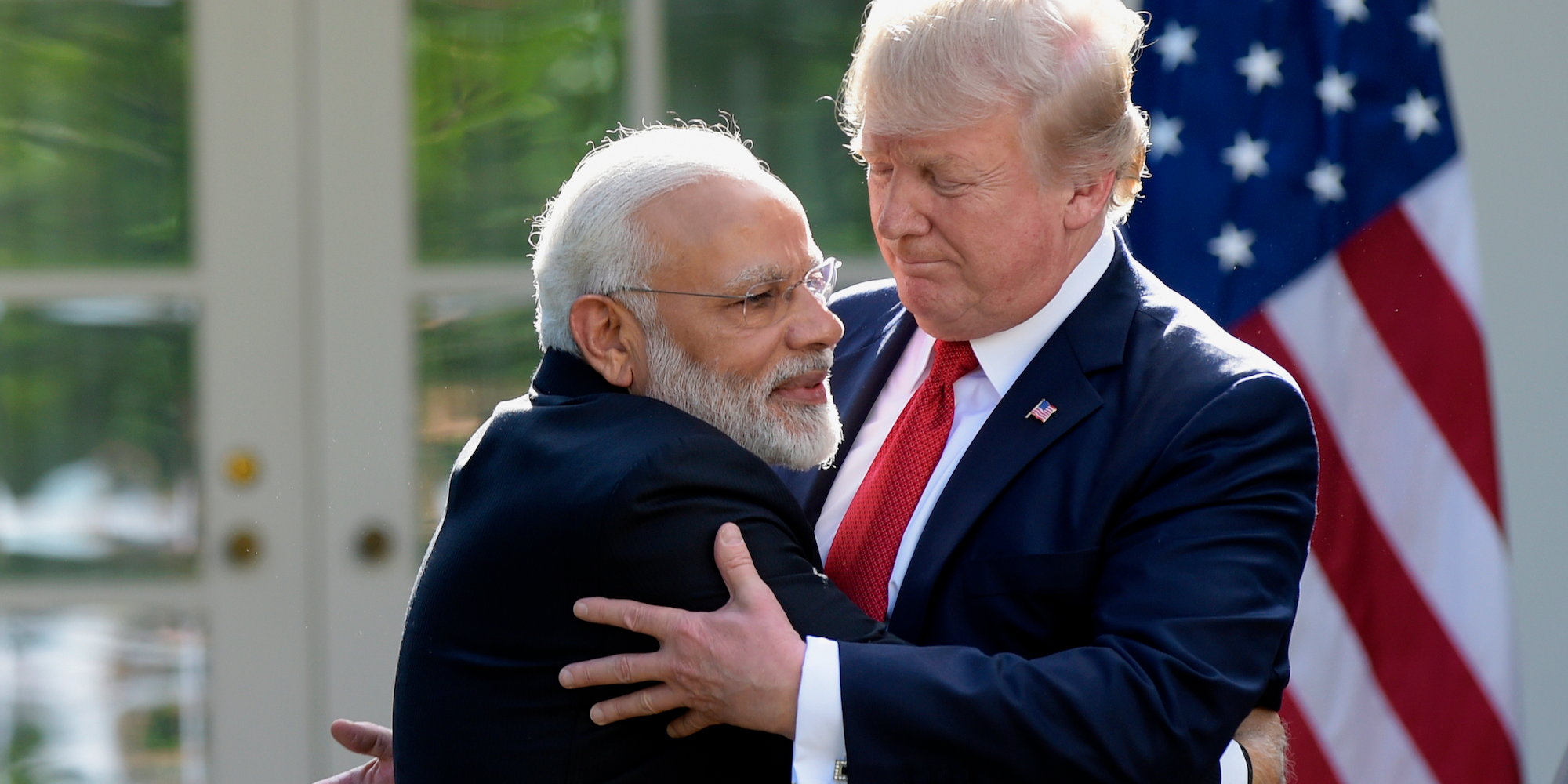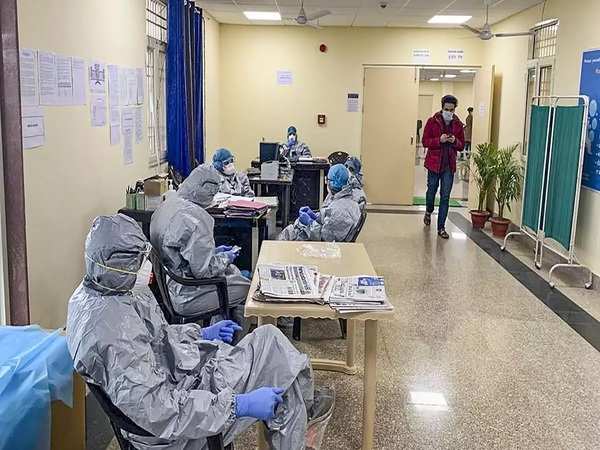Amid reports of officials in some states saying that community transmission has taken place. Centre clarified on Tuesday that India still has not reached community transmission phase.
Health Ministry officials quoting the Delhi Sero survey results says “When just 20% of the population is affected, one cannot say there is community transmission” According to Rajesh Bhushan, officer on special duty (OSD) in the health ministry “WHO does not elucidate community transmission.
It provides its member – states room to elucidate the stage of transmission” Adding to this, he also mentioned transmission is usually ” elucidated as a stage when it is impossible to trace the chain of transmission, it seems to be difficult to identify who is impacted by whom”.
However, Kerala chief minister Pinarayi Vijayan said community transmission is happening in two places in Thiruvananthapuram and a senior West Bengal official also said the same with regards to a locality. But , Rajesh Bhushan, OSD added saying There are “Tassel of cases and pockets of localised transmission” of Covid-19, but we still stand by what we earlier said about community transmission.
India reported 37,724 new coronavirus cases and 648 deaths in the 24 hours. The serological survey conducted by the National Centre for Disease Control (NCDC) to assess the exposure of the coronavirus in the population showed 20 per cent prevalence of Covid in eight of the 11 districts. Further, it also showed that over 77 per cent were vulnerable to the virus.




